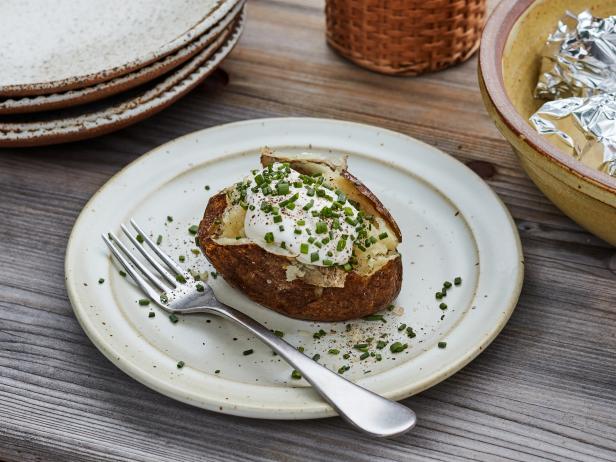The humble cheeseburger, a culinary classic beloved by millions, is more than just the sum of its parts. Beyond the basic assembly of patty, cheese, lettuce, and bun lies a fascinating interplay of scientific principles that contribute to the creation of a truly delicious masterpiece. At the heart of any great cheeseburger is the patty, and the science of meat preparation is an essential starting point. The Maillard reaction, named after French chemist Louis-Camille Maillard, is the key to achieving that mouthwatering sear and complex flavor. When proteins and sugars in the meat react at high temperatures, a cascade of chemical reactions occurs, leading to the development of rich, browned flavors and aromas. The Maillard reaction transforms a bland patty into a savory delight, enhancing the overall taste experience. Equally crucial is the selection of meat and its fat content. Ground beef with a balanced ratio of lean meat to fat ensures juiciness and tenderness. The fat content plays a vital role in flavor and mouth feel, contributing to the burger’s succulence.
Furthermore, understanding the grind size is essential. Coarser grinds result in a more textured patty, while finer grinds yield a smoother, denser bite. Experimenting with different grind sizes allows chefs to tailor the texture to their preferences. Moving on to the bun, it is not just a vessel for the patty but a crucial element in the overall sensory experience. The Maillard reaction, once again, plays a role in toasting the bun, providing a delightful contrast between the crisp exterior and soft interior. Beyond that, the choice of bread, whether brioche, pretzel, or classic sesame, can influence the flavor profile and texture of each bite. Cheese, a staple in the classic cheeseburger, introduces another layer of complexity. Melting characteristics, flavor profiles, and textures vary widely among different cheeses. Cheddar, with its sharpness, contrasts beautifully with the richness of the beef, while gooey melted American cheese provides a creamy, indulgent element. Exploring the science of cheese selection and melting temperatures allows for a harmonious integration of flavors.
Condiments and toppings add the finishing touches, and understanding their interaction is crucial for achieving a balanced taste. The acidity of pickles, the sweetness of ketchup, and the umami of mustard all contribute to a well-rounded flavor profile. How to make a delicious cheeseburger The placement of toppings also matters – placing lettuce between the patty and the bun, for example, acts as a barrier, preventing sogginess and maintaining textural integrity. Temperature control during cooking is another critical factor in crafting the perfect cheeseburger. Achieving the desired doneness while ensuring a juicy interior requires precision. Understanding the principles of heat transfer and carryover cooking ensures that the patty reaches its ideal temperature without overcooking. Crafting a delicious cheeseburger transcends the basics and delves into the intricate science of culinary artistry. From the Maillard reaction to meat selection, bun toasting, cheese melting, and condiment placement, each element contributes to the symphony of flavors and textures. A deep dive into the science of the cheeseburger reveals the complexity behind this seemingly simple dish, elevating it from a fast-food staple to a culinary masterpiece.






